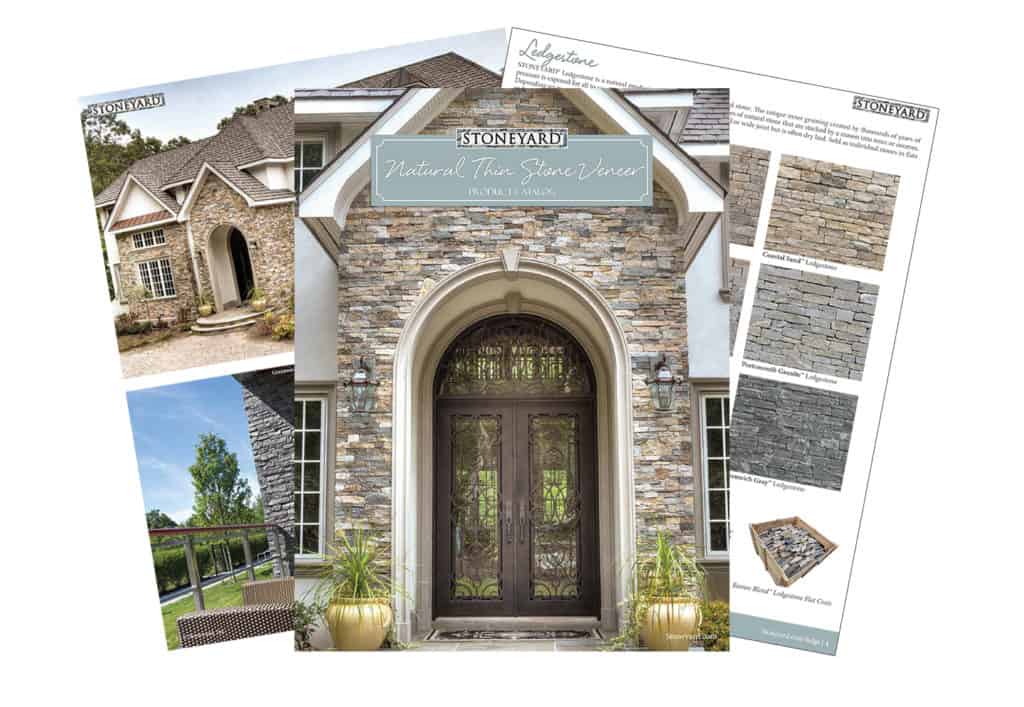rustication
Rustication is an architectural technique where exterior masonry is shaped into large blocks with deeply chamfered joints. This method can produce either smooth or rough-textured surfaces, and it allows the joints and faces to receive a variety of treatments.
Originating in classical times, rustication has been utilized to imbue buildings with a sense of grandeur and monumentality. The technique’s defining feature is its use of large, often irregularly-shaped blocks. This imparts a robust, weighty aesthetic, signaling strength and permanence.
The manipulation of joint depth adds another dimension to rustication. Deeply chamfered joints create visual contrast, emphasizing each block’s individuality and enhancing the overall façade’s three-dimensionality.
Rustication’s adaptability is another of its strengths. The option for smooth or rough-textured surfaces means it can be employed in a variety of architectural styles. Smooth surfaces lend a refined, contemporary feel, while rough textures hark back to the rustic charm of older structures.
Finally, the possibility of different treatments for the joints and faces increases rustication’s design potential. This could range from straight, simple joints to the more ornate diamond-point rustication, offering endless possibilities for architectural expression.
In summary, rustication is a versatile and visually striking technique in architecture. Its blend of size, texture, and treatment variations enables architects to craft façades that are both visually compelling and structurally robust.
